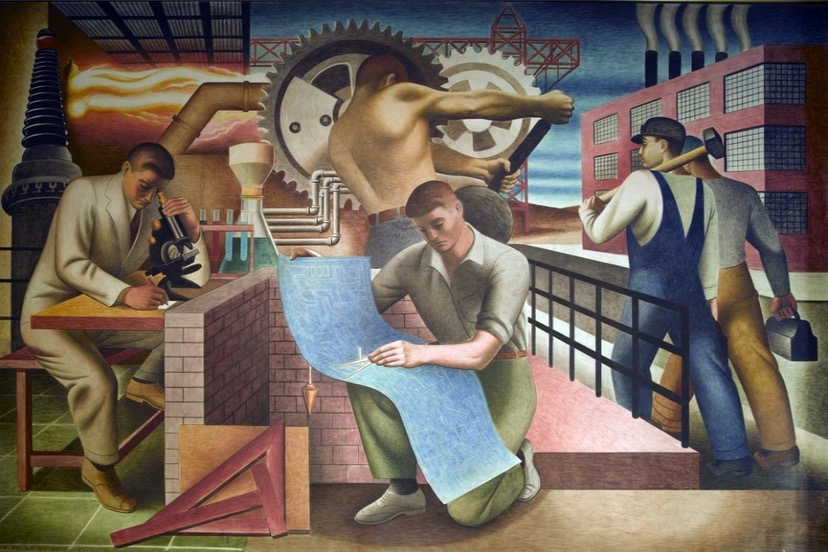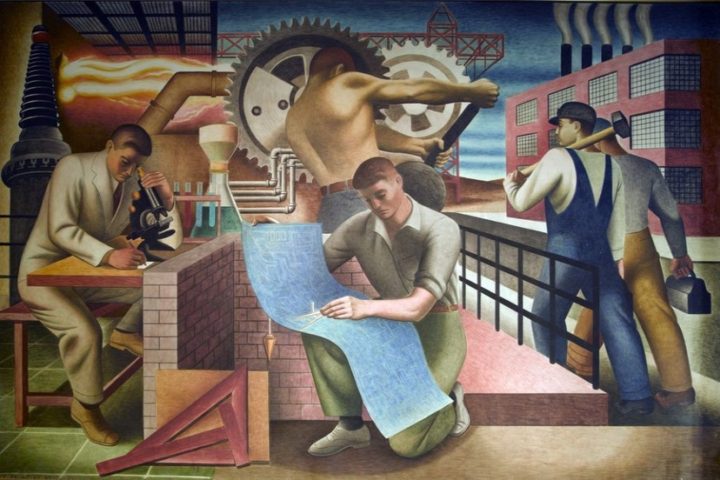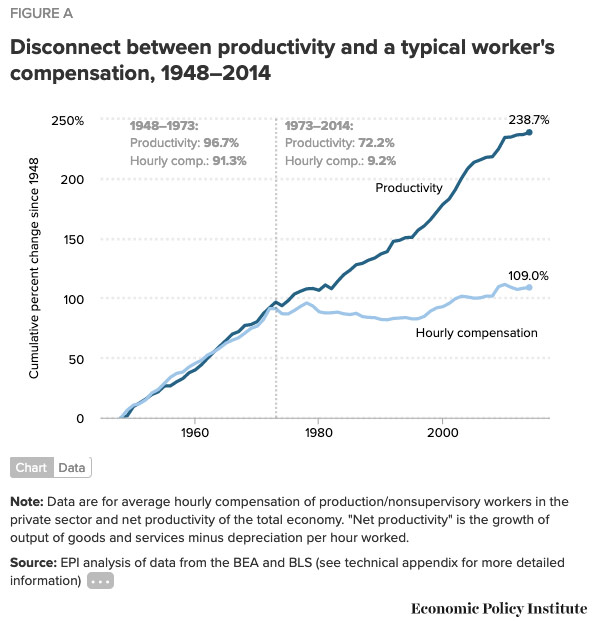When I asked my granddaughter — Amelie, age 10 — to suggest reasons why a child would want to learn how to read, she provided the expected responses:
- Because reading is entertaining, especially if you and your friends are reading the same books
- Because you want to win praise from your teacher and other adults
- Because you want a better paying job when you grow up
She did not mention, however, the most popular literary activity in America: reading the comments on your Facebook postings.
But I nevertheless feel compelled to question one of the common reasons given for making “reading” one of two key areas of instruction in our public schools, along with “mathematics.”
The assumption that, in 2020, literacy is key to a better paying job.
While the ability to read and interpret books, reports and other materials written at the “university level” will presumably provide access to jobs at a university, we might not want to assume that, ten or twenty years in the future, the ability to read complex texts will guarantee a “better paying job”. I think we ought to assume, instead, that the ability to read complex texts is becoming less and less important, as the delivery of information becomes more and more ‘technology based’, including ‘audio books’, ‘Power Point’ presentations, and ubiquitous video.
America’s culture and social structure has been changing before our very eyes. And I’m not talking about the COVID crisis; the change was happening well before the novel coronavirus infected our economy, our social relationships, our school systems and our self-esteem.
Following the Great Depression and World War II, America embarked on a campaign to ensure secure jobs, housing, and incomes for much of the US population — particularly, white Americans — and the US economy entered a period of surprising abundance. The success of that campaign was made possible largely by two factors: Europe and Asia were digging themselves out of war-time devastation and were unable to compete globally with US manufacturing, and America still held control of much of the world’s existing oil resources.
During this period — a period also known for the “Baby Boom” — America began to invest more seriously in public education, expanding schools and building new ones, and embracing the dream that this surprising flood of young children might all end up as college graduates, with high paying jobs.
We’ve shared the following graph a couple of times here in the Daily Post, but I think it can help us in our attempts to understand America’s changing job market.
The graph is entitled “Growth of real hourly compensation for production and non-supervisory workers, compared with growth of productivity, 1948 through 2011”:
What we see here (using inflation-adjusted dollars) is that, from 1948 until about 1972, the increases in American wages tracked closely with our steadily increasing national productivity.
The chart was researched by Lawrence Mishel, president of the Economic Policy Institute, and he offered an analysis of what the chart illustrates.
From 1948 through 1973, the hourly compensation of a typical worker grew in tandem with productivity. That can be seen in Figure A [above], which presents both the cumulative growth in productivity per hour worked of the total economy (inclusive of the private sector, government, and nonprofit sector) since 1948 and the cumulative growth in inflation-adjusted hourly compensation for private-sector production, nonsupervisory workers (a group comprising over 80 percent of payroll employment).
After 1973, productivity grew strongly, especially after 1995… while for the average worker‚ compensation was relatively stagnant.
This divergence of pay and productivity — driven largely by the automation and mechanization of both industry and agriculture — has meant that the working class, in general, has not been benefiting from the amazing growth in America’s productivity. The American economy can seemingly afford higher pay, but it has not been providing that to the average worker.
Meanwhile, the types of jobs available, and the way “careers” are structured, have also undergone a significant change. Yesterday, I came across this quote from author Louis Hyman, professor at the School of Industrial and Labor Relations at Cornell University, talking in 2018 about the modern ‘gig economy’ on radio station WBUR:
I think a lot about how, in the 19th century, the dream was to have a farm, to be independent, to be on the frontier. But that gets substituted with a house in the 20th century. But the house is not a site of production — you still have to go to work, you still have to go to an office or a factory. And in a lot of ways, we traded, in that post-war period, we traded autonomy for security.
So even if you got a steady paycheck, it was a paycheck where you had to push paper in an office or turn a wrench on a factory line, and that is soul-breaking work, to have that kind of drudgery. … The opportunity we’re looking for now is how do we restore that kind of autonomy in [an age of] digital capitalism…?
There’s no doubt that the ‘gig economy’ — basically, people who are self-employed or working on contract, at jobs that typically offer little in the way of long-term security — has become a major part of our society. A report from William Jessup University claims that in 2017, “traditional jobs” outnumbered “gig economy jobs” by about 2-to-1, but that by 2027 — at the rate things are changing — the dominance will be reversed, and “gig economy jobs” will outnumber “traditional jobs”.
That’s presumably an important statistic. But did America really trade ‘autonomy’ for ‘security’ as we came out of World War II? I don’t think I can buy that argument. Yes, the American dream of independence and autonomy has been around for 200 years, but very few actually achieved anything approaching personal independence during the 19th century. For many Americans, life has always been a struggle to make ends meet.
But I am trying to understand how that struggle relates, in 2020, to the consistent failure of our schools to successfully and consistently impart “grade-level reading skills” to a majority of children. And I suspect the failure is related to the nation’s overall economic and social structure.



